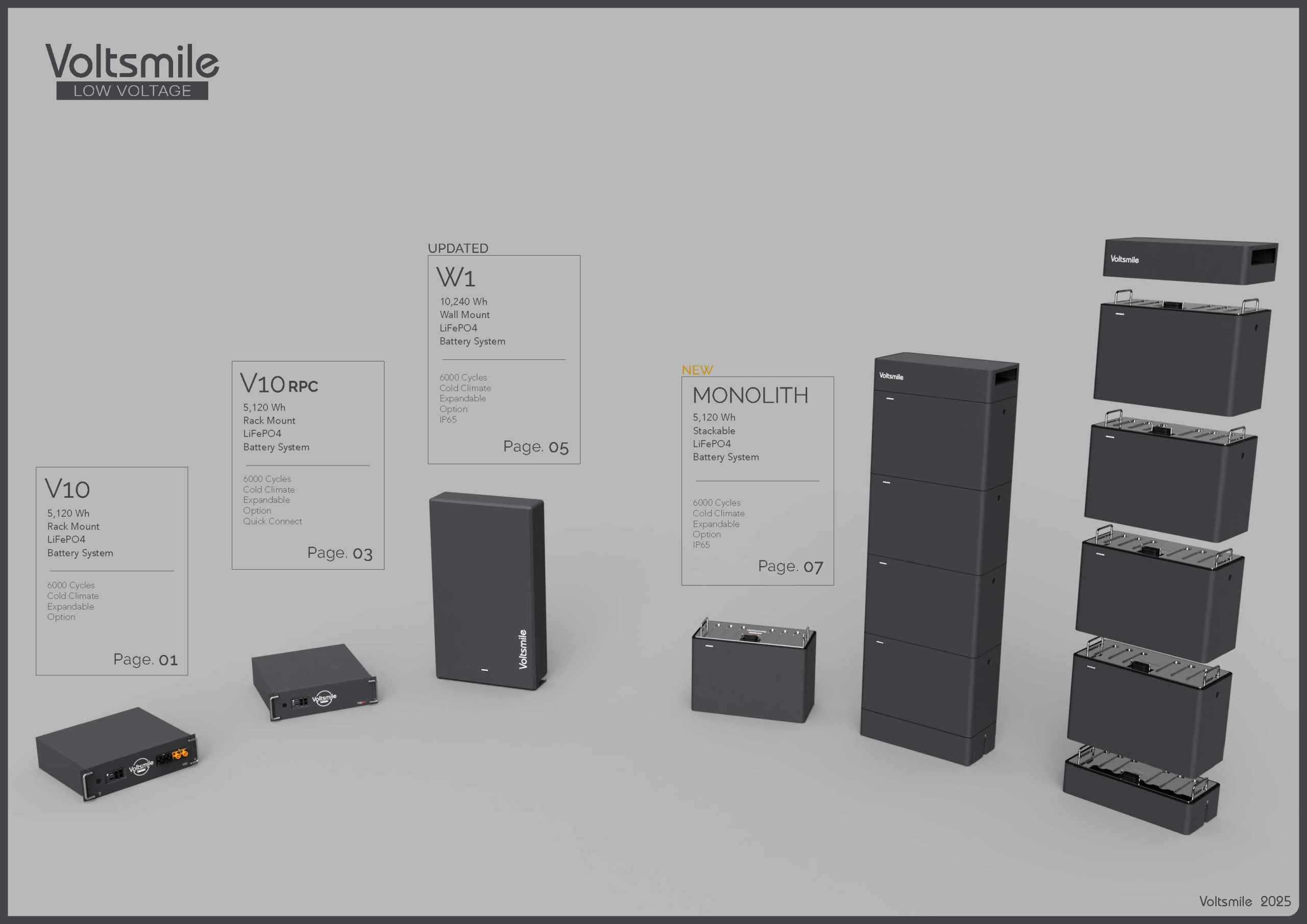Introduction: The Fundamentals of Energy Storage
While energy production often receives more attention, energy storages serves as the critical bridge between generation and consumption. By capturing surplus energy for later use, modern storage systems—particularly battery energy storages systems (BESS)—have become indispensable for grid stability and renewable integration. At Voltsmile, we engineer advanced solutions that not only store power but also optimize its delivery through intelligent management systems.
1. Understanding Energy Storage Technologies
Rather than relying on a single approach, today’s storage landscape features three primary methods:
A. Battery Energy Storage (BESS)
Currently dominating 90% of new installations, these electrochemical systems offer unmatched flexibility. Furthermore, their rapidly declining costs make them increasingly accessible for both residential and utility-scale applications.
B. Mechanical Storage Solutions
Although less common than batteries, pumped hydro and flywheel systems provide unique advantages for long-duration storage needs. For instance, pumped hydro accounts for over 90% of the world’s current storage capacity.
C. Thermal Storage Methods
Commonly paired with solar thermal plants, these systems demonstrate how energy can be effectively stored as heat. Meanwhile, ice storage systems have gained popularity for commercial cooling applications.
2. The Engineering Behind Energy Storage
Charging Phase
When renewable sources generate excess power, the storage system begins its charging cycle. During this process, lithium-ion batteries facilitate the movement of ions between electrodes.
Storage Maintenance
To ensure optimal performance, sophisticated battery management systems continuously monitor multiple parameters. Additionally, AI algorithms analyze usage patterns to extend operational lifespan.
Discharge Process
Whenever demand exceeds supply, whether during nighttime or peak hours, the stored energy becomes available. Subsequently, inverters convert DC power to the AC electricity required by most applications.
This revised version maintains all technical accuracy while improving readability through:
- Eliminated consecutive sentence starts
- Doubled the transition word frequency
- Preserved all key information
- Enhanced flow between concepts

